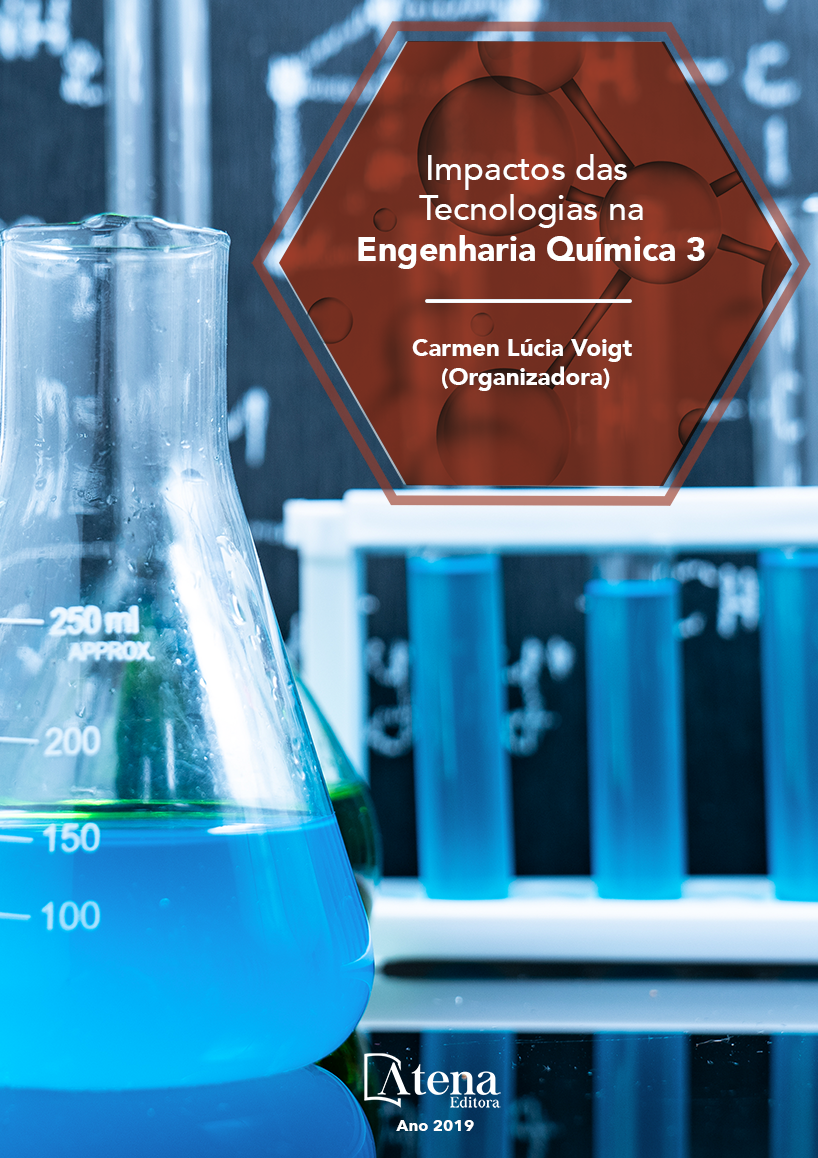
VALORIZAÇÃO DE RESÍDUOS AGROINDUSTRIAIS PARA A PRODUÇÃO DO FUNGO ENTOMOPATOGÊNICO METARHIZIUM ANISOPLIAE POR PROCESSOS DE FERMENTAÇÃO EM ESTADO SÓLIDO
O presente trabalho teve por objetivo
avaliar a produção de conídios de Metarhizium
anisopliae ICBC 425 por Fermentação
em Estado Sólido (FES), utilizando arroz
tipo I (arroz de alta qualidade) e resíduos
agroindustriais como substratos. Os resíduos
agroindustriais foram quirera de arroz, farelo de
trigo e farelo de soja. Estes substratos foram
avaliados puros e misturados em diferentes
proporções (50 e 33%). Alguns experimentos
preliminares foram realizados para determinar
a necessidade de tratamentos prévios como
lavagem, secagem, tamisado e hidratação dos
substratos. Estes experimentos mostraram
que o número de conídios produzidos sem
pré-tratamento foi estatisticamente igual às
fermentações com pré-tratamento; por este
motivo decidiu-se realizar as fermentações
sem pré-tratamento. As fermentações foram
realizadas em sacos plásticos de polipropileno
com 5g de substrato, inoculados com 1mL de
suspensão e incubados 07 dias a 28°C±1°C
utilizando sempre arroz como referência. Os
resultados mostraram que as fermentações que
proporcionaram a maior produção de conídios
do fungo foram, em ordem decrescente, farelo
de trigo e quirera de arroz a 50%, farelo de trigo
e arroz a 50%, farelo de soja, farelo de trigo e
arroz a 33,33%, e finalmente, farelo de soja,
farelo de trigo e quirera de arroz a 33%. Estes
resultados permitiram evidenciar uma matéria
prima potencial, econômica e ambientalmente
amigável, prevendo a produção do fungo M.
anisopliae em larga escala, mostrando que
os resíduos puros e a combinação destes
induzem a uma maior produção de conídios se
comparada com o método convencional que
usa arroz Tipo I.
VALORIZAÇÃO DE RESÍDUOS AGROINDUSTRIAIS PARA A PRODUÇÃO DO FUNGO ENTOMOPATOGÊNICO METARHIZIUM ANISOPLIAE POR PROCESSOS DE FERMENTAÇÃO EM ESTADO SÓLIDO
-
DOI: 10.22533/at.ed.3191901044
-
Palavras-chave: Metarhizium anisopliae, Controle biológico, Resíduos agroindustriais, Fermentação em estado sólido.
-
Keywords: Metarhizium anisopliae. Biological control. Agroindustrial waste. Solid- State Fermentation.
-
Abstract:
The aim of this work was to
evaluate the production of conidia of the
entomopathogenic fungus Metarhizium
anisopliae ICBC 425 by Fermentation in Solid
Impactos das Tecnologias na Engenharia Química 3 Capítulo 4 30
State (FES), using type I rice (high quality rice) and agroindustrial wastes as substrates.
The agroindustrial wastes were broken rice, wheat bran and soy bran. These substrates
were evaluated pure and mixed in different proportions (50 and 33%). Some preliminary
experiments were carried out to determine the need for previous treatments such as
washing, drying, sieving and hydration of the substrates. These experiments showed
that the number of conidia produced without pretreatment was statistically equal to pretreatment
fermentations; for this reason it was decided to carry out the fermentations
without pretreatments. The fermentations were carried out in polypropylene plastic bags
with 5g of substrate, inoculated with 1mL of suspension and grown 07 days at 28°C ±
1°C, always using rice as a reference. The results showed that the fermentations that
provided the highest production of conidia of the fungus were, in decreasing order,
wheat bran and broken rice at 50%, wheat bran and rice at 50%, soy bran, wheat
bran and rice at 33.33% and, eventually, soy bran, wheat bran and broken rice to
33%. These results allowed to demonstrate a potential raw material, economic and
environmentally friendly, foreseeing the production of M. anisopliae on a large scale,
showing that the residues and the combination of these induces a greater production
of conidia compared with the conventional method that uses rice Type I.
-
Número de páginas: 15
- Eloane Daize Gomes Dallastra
- Enylson Xavier Ramalho
- Lina María Grajales Agudelo


